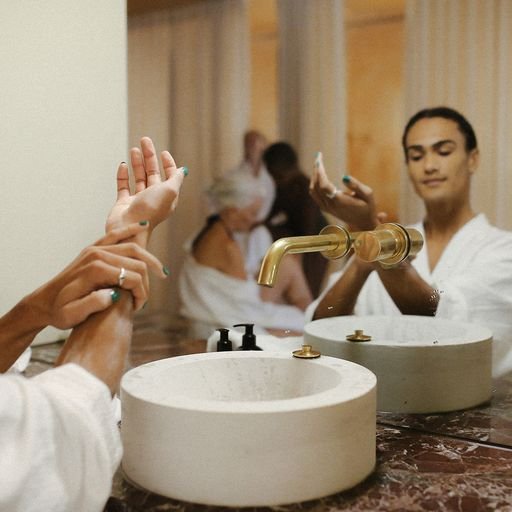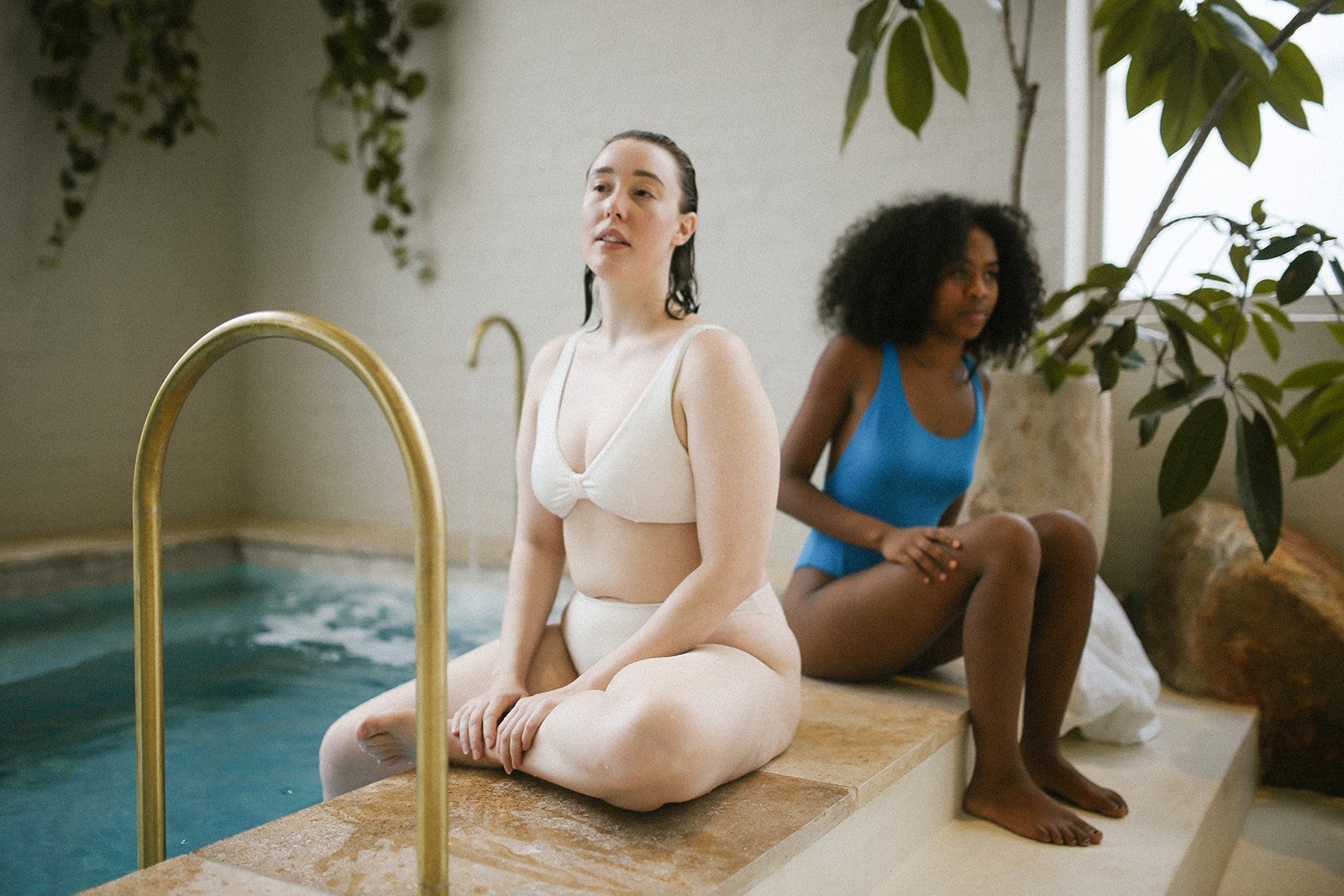There's no 'right' way to embrace spring
With more than a little relief for most of us, spring arrives. The change can feel sudden: lengthening days after the winter solstice, buds suddenly on trees, birds and light appearing earlier in the day. Yet the transition for our bodies and the environment takes time. With the new season comes the expectation for renewal, resetting, the customary idea of ‘spring cleaning.’ ‘Spring is the time of plans and projects’, so it is said in Anna Karenina by Leo Tolstoy. The sentiment can feel inspiring, or perhaps tiring, after a long winter.
Spending much of our time indoors can make us feel less connected to the seasons. It can feel harder to adapt to these earth and bodily changes. With time, we might start waking earlier, sleeping later, feeling gradually more energised by the emergence of nature and light. Just as the seasonal transition is gradual, with spring marked by occasional cold frosts, sluggish days and rain, the body takes time to adapt to more light, higher temperatures, different seasonal foods and needs. In Ayurvedic medicine, ‘Spring is closely linked to Kapha, with the qualities of moistness, heaviness, abundance, but also lethargy – and related to the elements of earth and water.’ We may feel heavier before the lightness of summer. In bathing cultures across the world, the practice of brushing and exfoliating the body takes on renewed meaning in spring, as we imagine shedding the old and feeling in some way cleansed.
Seasons differ across regions and cultural relationships with the land. In Japan there are thought to be five seasons, with tsuyu, the rainy season, falling sometime between spring and summer. In Australia’s northern tropical regions, wet and dry seasons mark the year. The long and rich history of Indigenous cultures in Australia recognise multiple diverse seasons across the months and landscapes.
The practice of spring cleaning is thought to have roots in religious and cultural tradition: in the Northern hemisphere, spring coincides with the Jewish Passover in March or April, while the Persian new year, Nowruz, aligns with the first day of spring. Historically, house cleaning was done in spring because homes were lit and heated with kerosine, wood and coal, which left rooms full of dust and soot, to be cleaned and aired when it was warm enough to leave windows and doors open.
Informed by cultural traditions around the world, we can take the sentiment of renewal and cleansing in ways that work for us.
We each occupy different bodies, with diverse chronotypes, defined as ‘the natural inclination of your body to sleep at a certain time, or what most people understand as being an early bird versus a night owl.’ Some of us might embrace the early light, others will need a slower start.
So while we all experience seasonal change and their accompanying traditions, the way we feel about them differs from body to body, place to place. There is no singular ‘right’ way to move into the new season; we feel and find our way as we watch the change outside.
Words by Katherine Brabon


